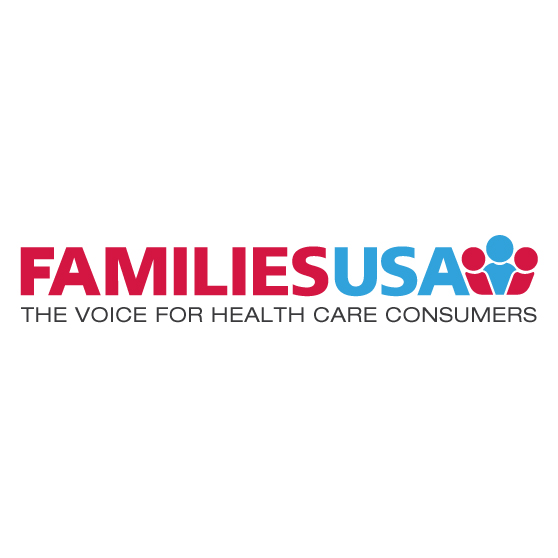Senate Votes to Begin Debating Affordable Care Act Repeal
07.25.2017
Today, all but two Senate Republicans voted yes on the “motion to proceed” which formally begins the debate on legislation to repeal the Affordable Care Act. It is not clear which legislation the Senate will be debating.
In voting yes on this motion, these senators are putting the health coverage of their constituents at risk. See graphics below for numbers showing how many would be affected in select states. Use our email tool to tell your senators how your feel about their votes.
Jeff Flake – Arizona

Cory Gardner – Colorado
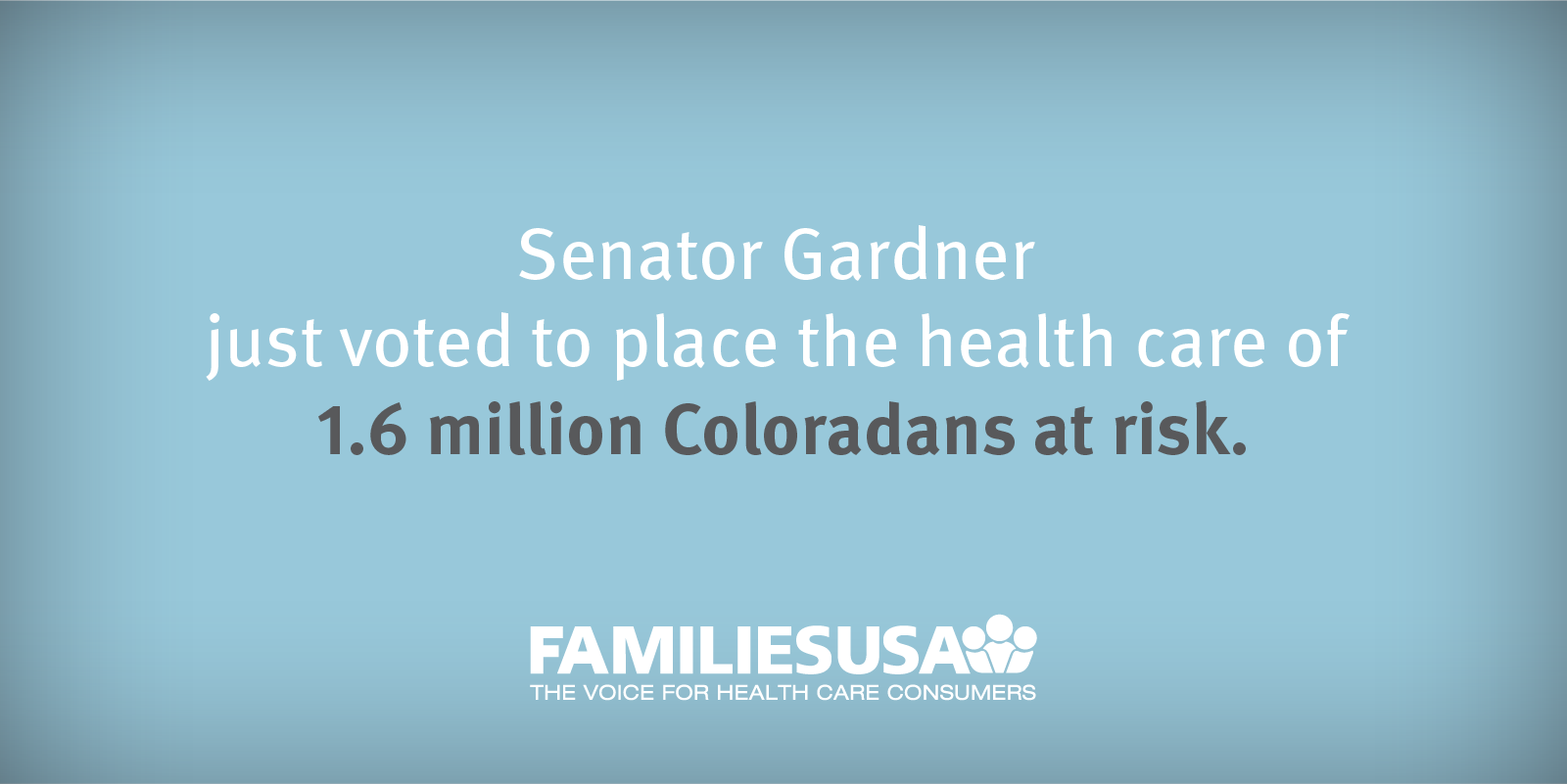
Bill Cassidy – Louisiana
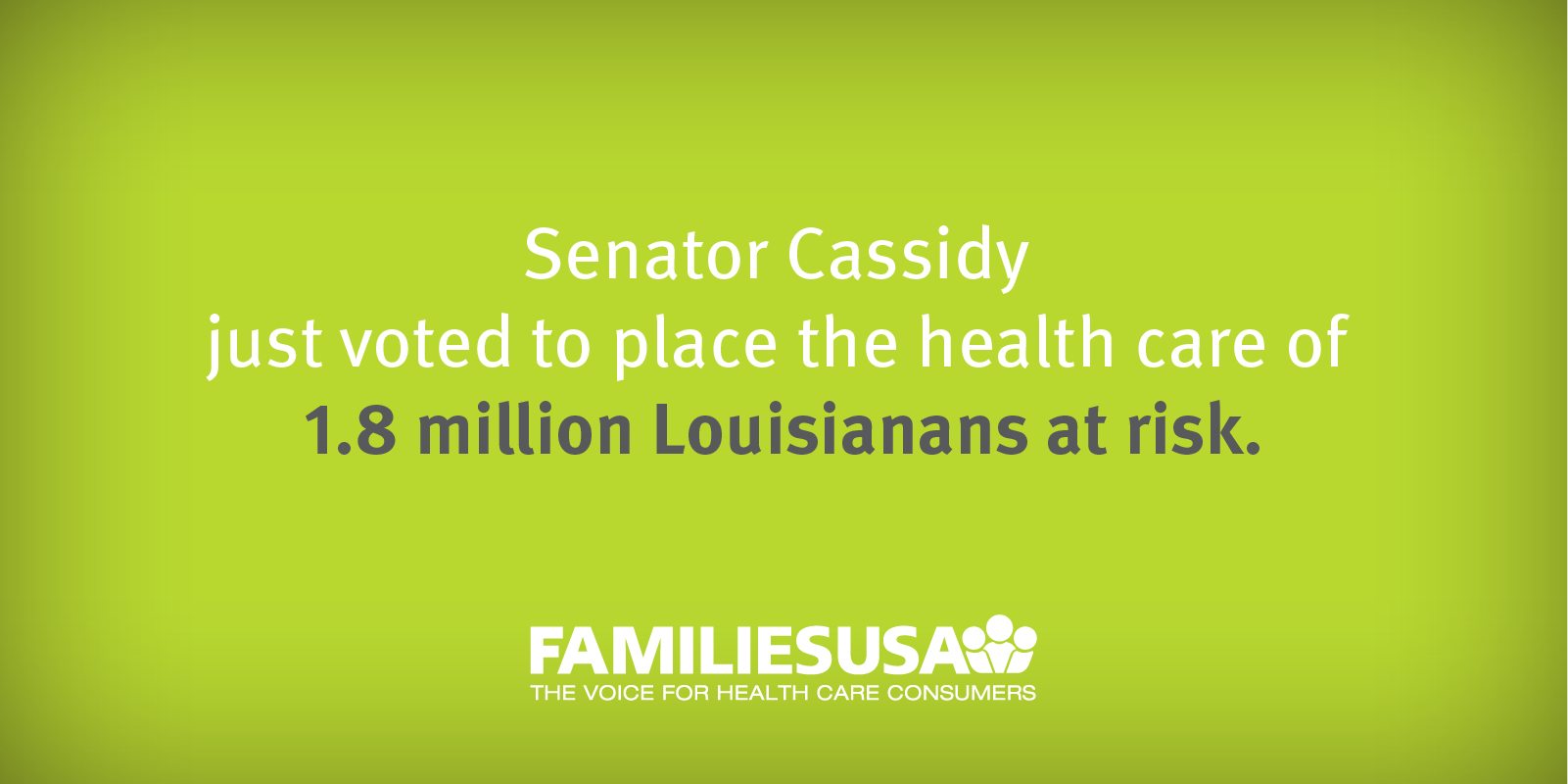
Dean Heller – Nevada
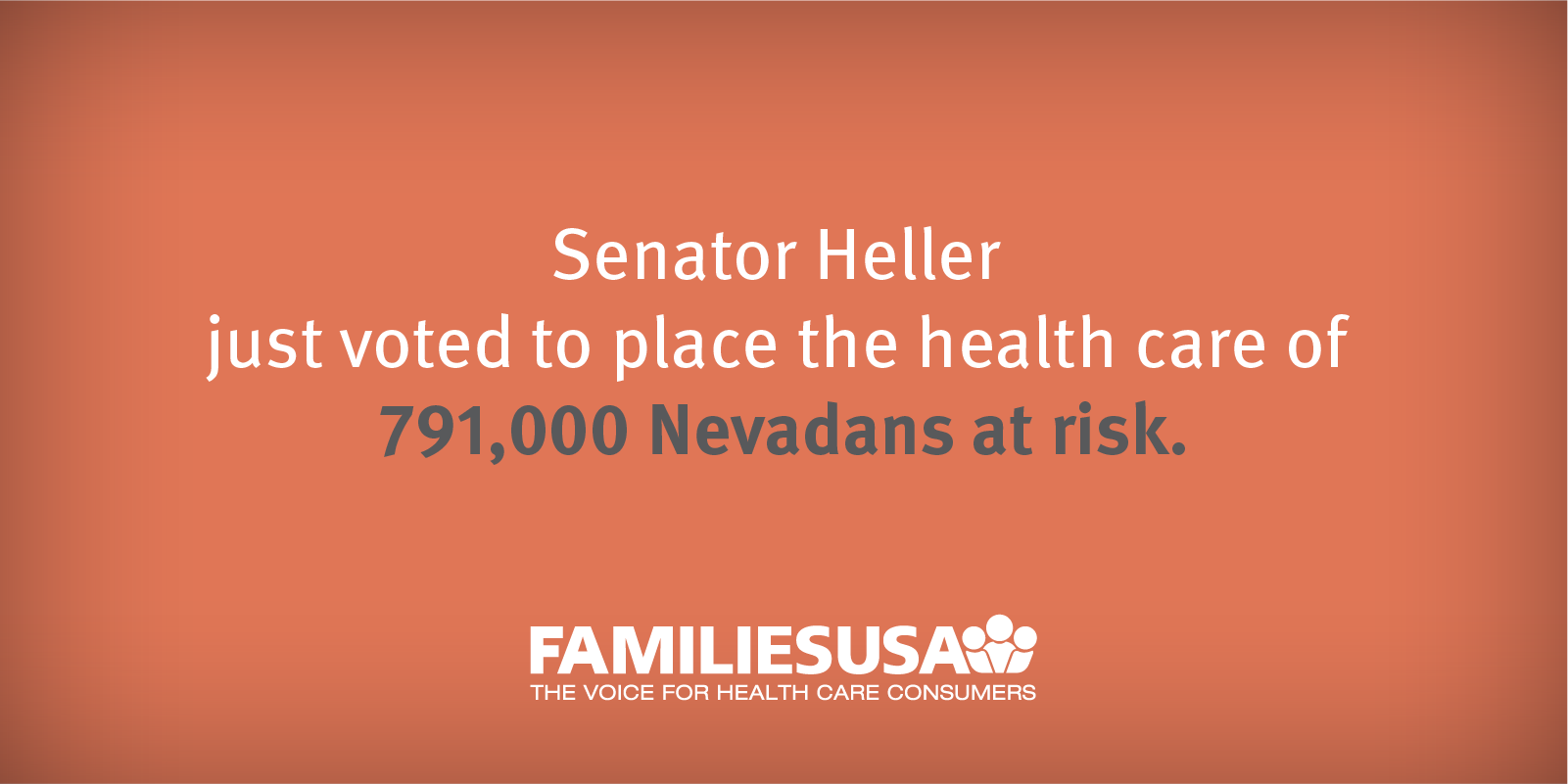
Rob Portman – Ohio
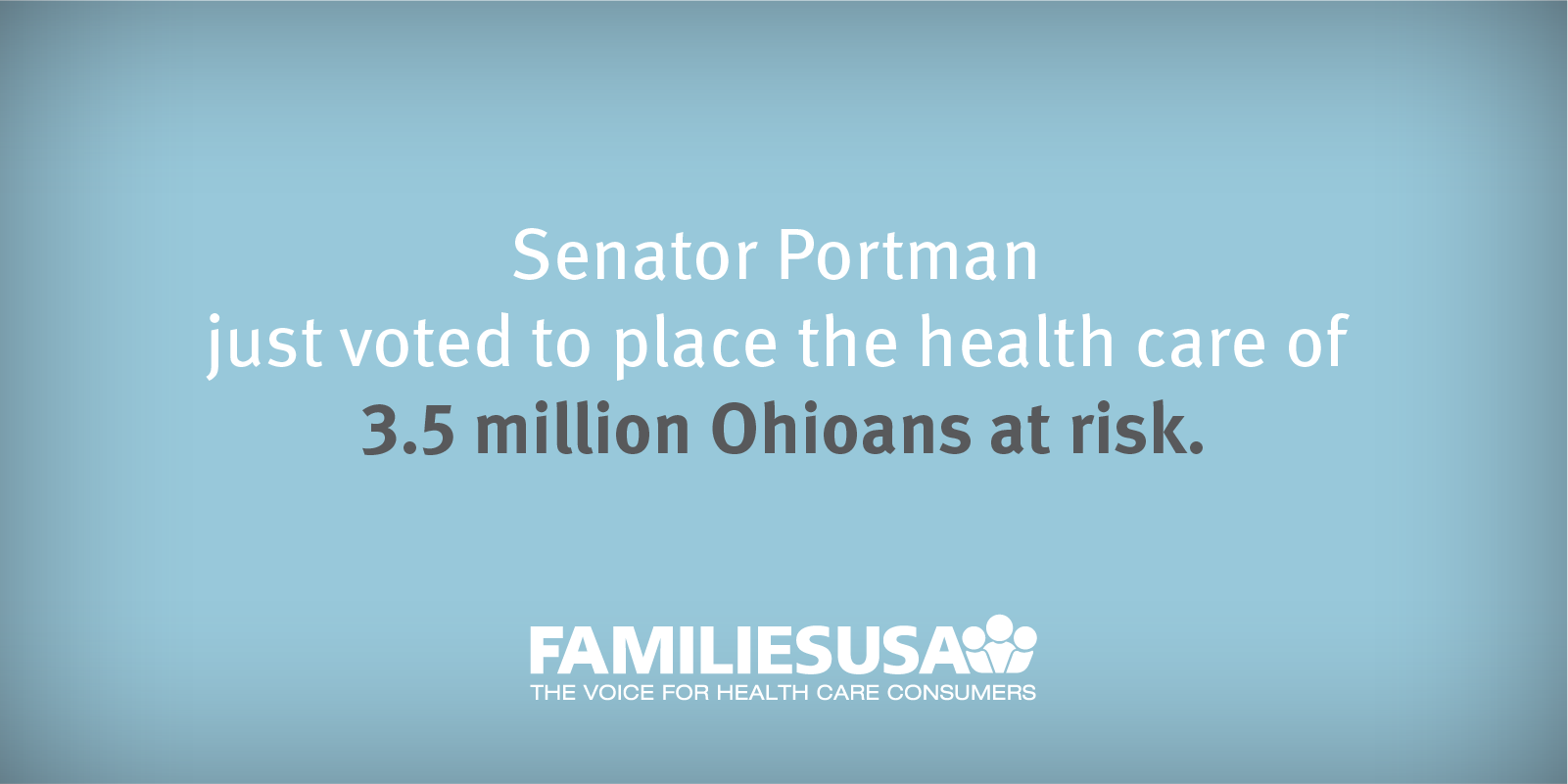
Shelley Moore Capito – West Virginia
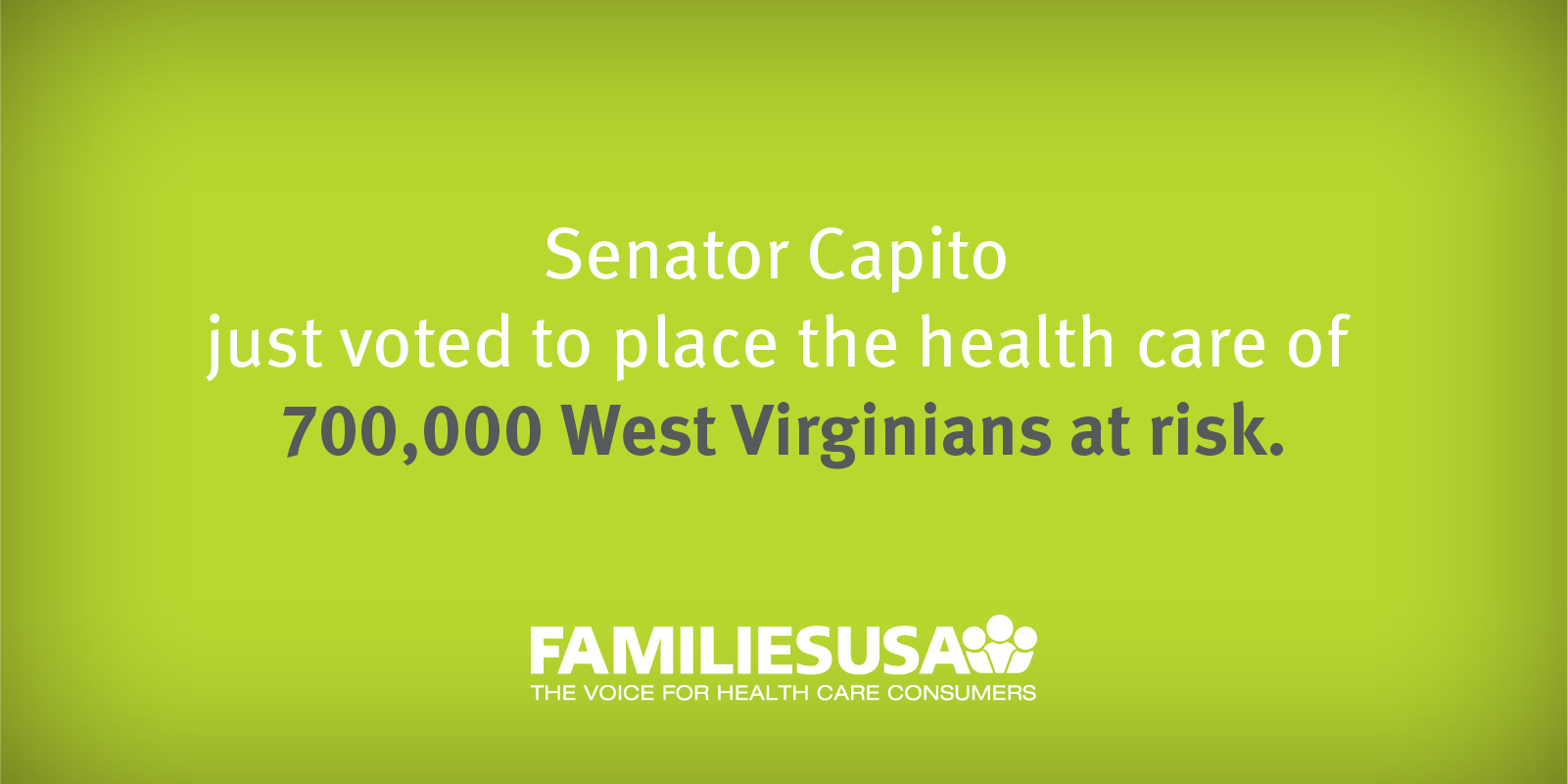
Whose health coverage is affected in Arizona, Colorado, Louisiana, Nevada, Ohio, and West Virginia?
Arizona
Among the 2 million Arizonans whose health coverage is at risk due to Senator Flake’s vote are:
- 850,000 children covered by Medicaid or marketplace insurance;
- 313,000 seniors and people with disabilities covered by Medicaid;
- 74,000 women covered by marketplace insurance who could end up paying more for health care just because they are women
Colorado
Among the 1.6 million Coloradans whose health coverage is at risk due to Senator Gardner’s vote are:
- 500,000 children covered by Medicaid or marketplace insurance;
- 248,000 seniors and people with disabilities covered by Medicaid;
- 64,000 women covered by marketplace insurance who could end up paying more for health care just because they are women
Louisiana
Among the 1.8 million Louisianans whose health coverage is at risk due to Senator Cassidy’s vote are:
- 670,000 children covered by Medicaid or marketplace insurance;
- 367,000 seniors and people with disabilities covered by Medicaid;
- 69,000 women covered by marketplace insurance who could end up paying more for health care just because they are women
Nevada
Among the 791,000 Nevadans whose health coverage is at risk due to Senator Heller’s vote are:
- 257,000 children covered by Medicaid or marketplace insurance;
- 125,000 seniors and people with disabilities covered by Medicaid;
- 41,000 women covered by marketplace insurance who could end up paying more for health care just because they are women
Ohio
Among the 3.5 million Ohioans whose health coverage is at risk due to Senator Portman’s vote are:
- 1.3 million children covered by Medicaid or marketplace insurance;
- 618,000 seniors and people with disabilities covered by Medicaid;
- 112,000 women covered by marketplace insurance who could end up paying more for health care just because they are women
West Virginia
Among the 700,000 West Virginians whose health coverage is at risk due to Senator Capito’s vote are:
- 250,000 children covered by Medicaid or marketplace insurance;
- 169,000 seniors and people with disabilities covered by Medicaid;
- 16,000 women covered by marketplace insurance who could end up paying more for health care just because they are women
Methodology
State residents put at risk by the motion to proceed could lose coverage, pay more in premiums or out-of-pocket costs, or lose insurance altogether under proposed legislation that the motion permits to be considered and passed. They include three groups:
- Medicaid beneficiaries;
- Beneficiaries of premium tax credits that help purchase coverage in health insurance marketplaces; and
- People who buy individual-market coverage without tax credits.
To estimate the number of Medicaid beneficiaries in each state, we generally used estimates for fiscal year (FY) 2014 produced by the Kaiser Family Foundation (KFF).1 These numbers likely understate the number of residents with Medicaid, since Medicaid enrollment has generally increased since FY 2014. For several states, we avoided such an undercount by using more recent information. The latter states were Alaska, Louisiana, and West Virginia. As a second reason these numbers are an underestimate, some states may not have counted children enrolled in CHIP coverage as Medicaid beneficiaries.
To estimate the number of marketplace enrollees, including those with premium tax credits, we relied on February 2017 enrollment numbers from the Centers for Medicare and Medicaid Services, as compiled and reported by KFF.2 In analyzing the demographic characteristics of such enrollees, we relied on percentage distributions, by age and gender, reported by KFF; we used percentages rather than absolute numbers, because the distributional numbers were from a slightly different time frame (November 2016 through January 2017).3
To estimate the number of individual-market enrollees outside health insurance marketplaces, we used Milliman’s estimates for 2017 open enrollment.4 Those numbers may have included some who enrolled in non-ACA-compliant plans, such as grandfathered plans and transitional coverage plans (so-called “grandmothered” plans).
Endnotes
1 http://www.kff.org/health-reform/state-indicator/total-marketplace-enrollment-and-financial-assistance/?currentTimeframe=0&sortModel=%7B%22colId%22:%22Location%22,%22sort%22:%22asc%22%7D, downloaded 7/25/2017
2 http://www.kff.org/health-reform/state-indicator/total-marketplace-enrollment-and-financial-assistance/?currentTimeframe=0&sortModel=%7B%22colId%22:%22Location%22,%22sort%22:%22asc%22%7D, downloaded 7/25/2017
3 http://www.kff.org/health-reform/state-indicator/2017-marketplace-plan-selections-by-gender/?dataView=1¤tTimeframe=0&sortModel=%7B%22colId%22:%22Location%22,%22sort%22:%22asc%22%7D and http://www.kff.org/health-reform/state-indicator/2017-marketplace-plan-selection-by-age/?dataView=1¤tTimeframe=0&sortModel=%7B%22colId%22:%22Location%22,%22sort%22:%22asc%22%7D, downloaded 7/25/2017.
4 http://www.milliman.com/insight/2017/Summary-of-individual-market-enrollment-and-Affordable-Care-Act-subsidies/, downloaded 7/25/2017.


